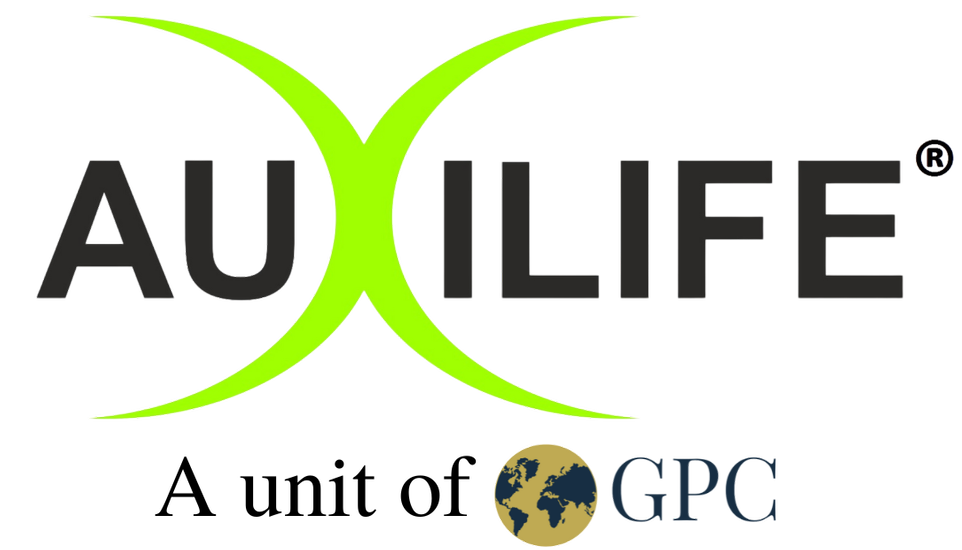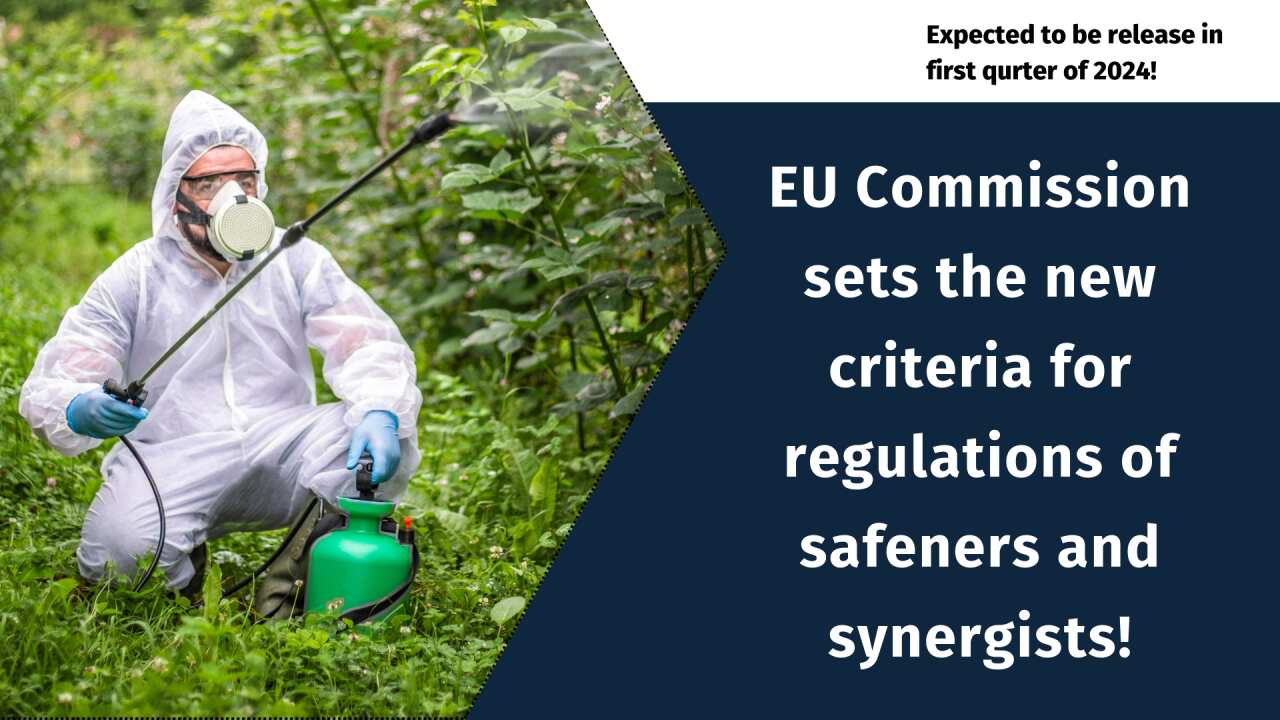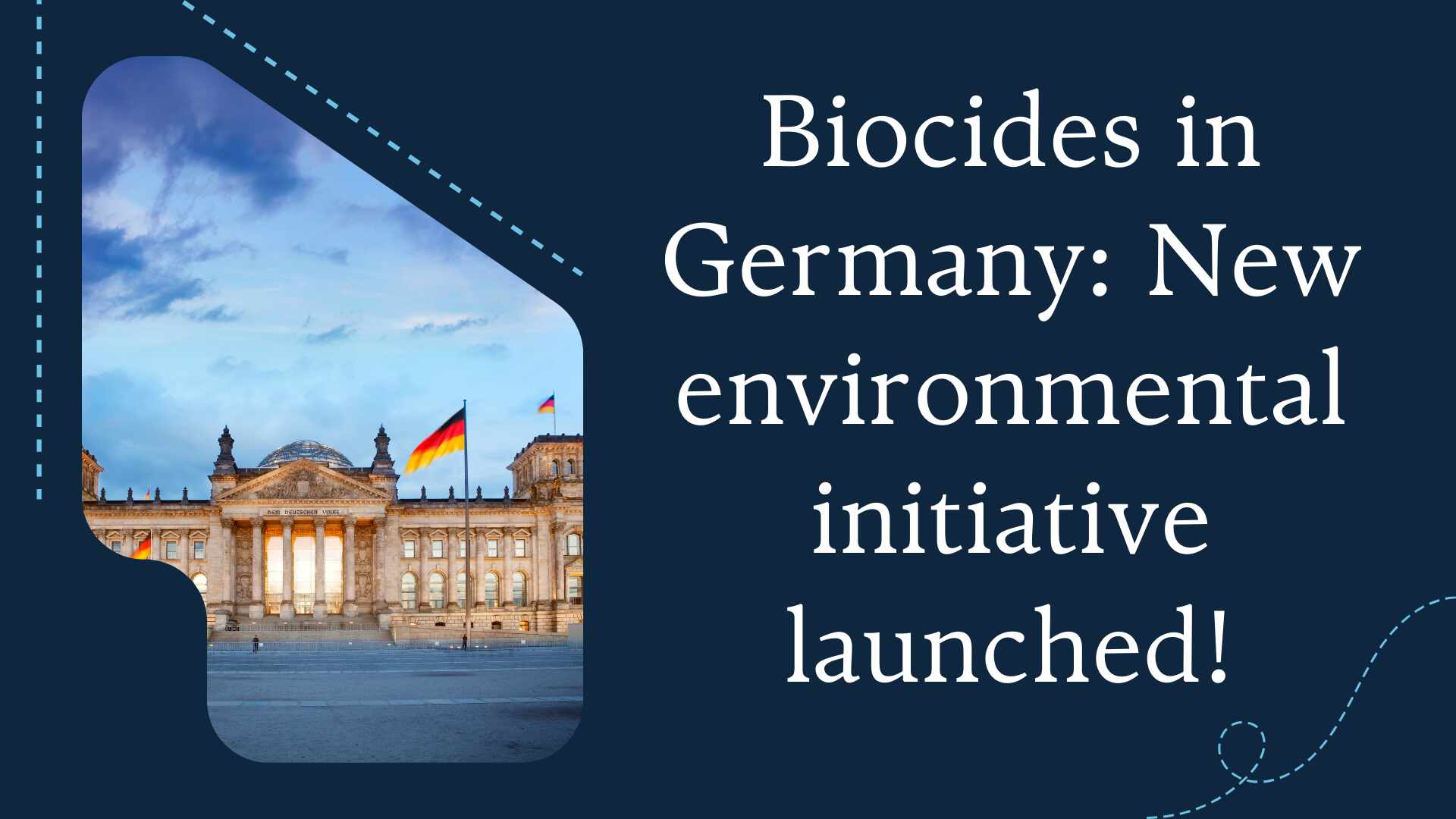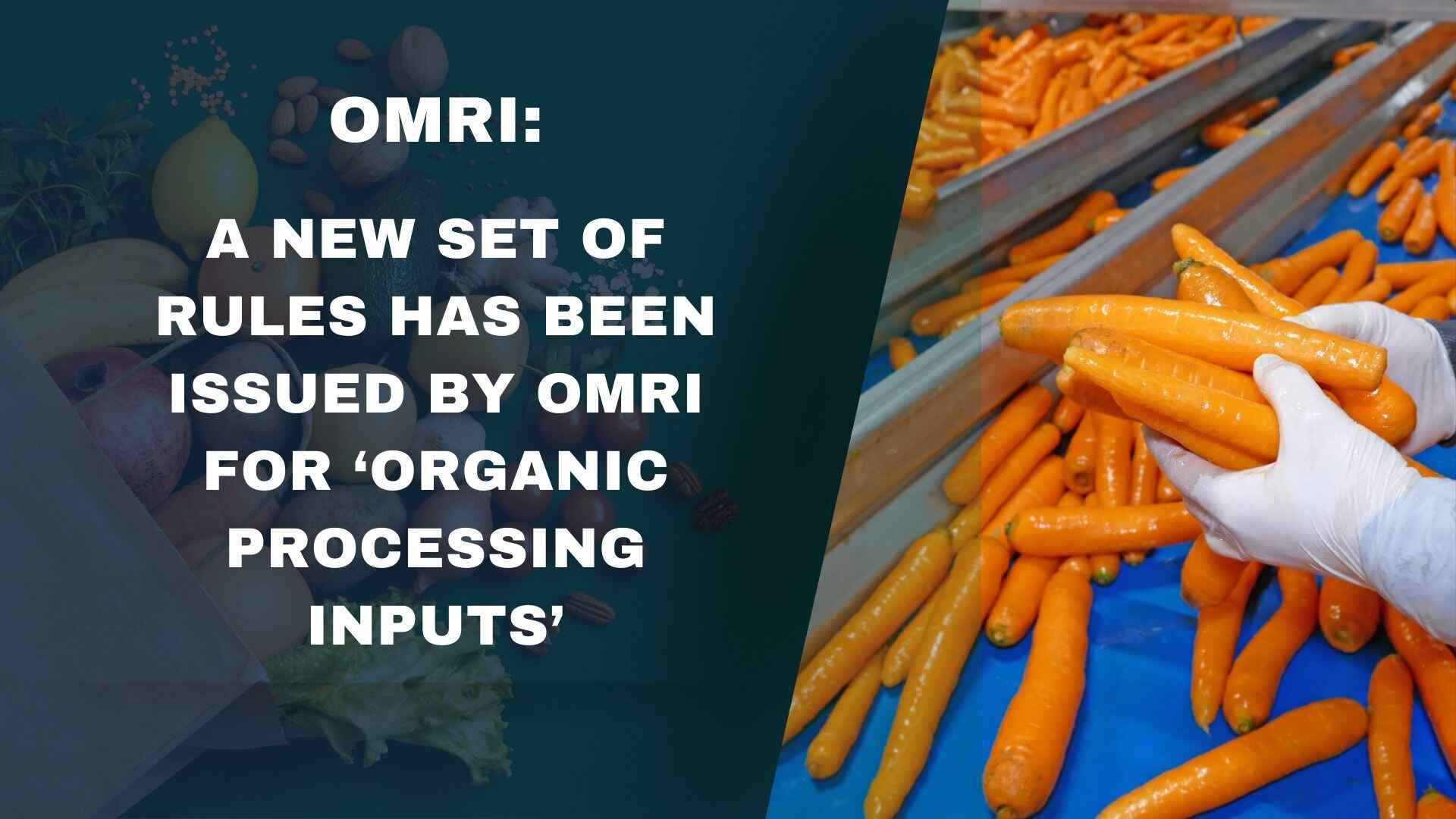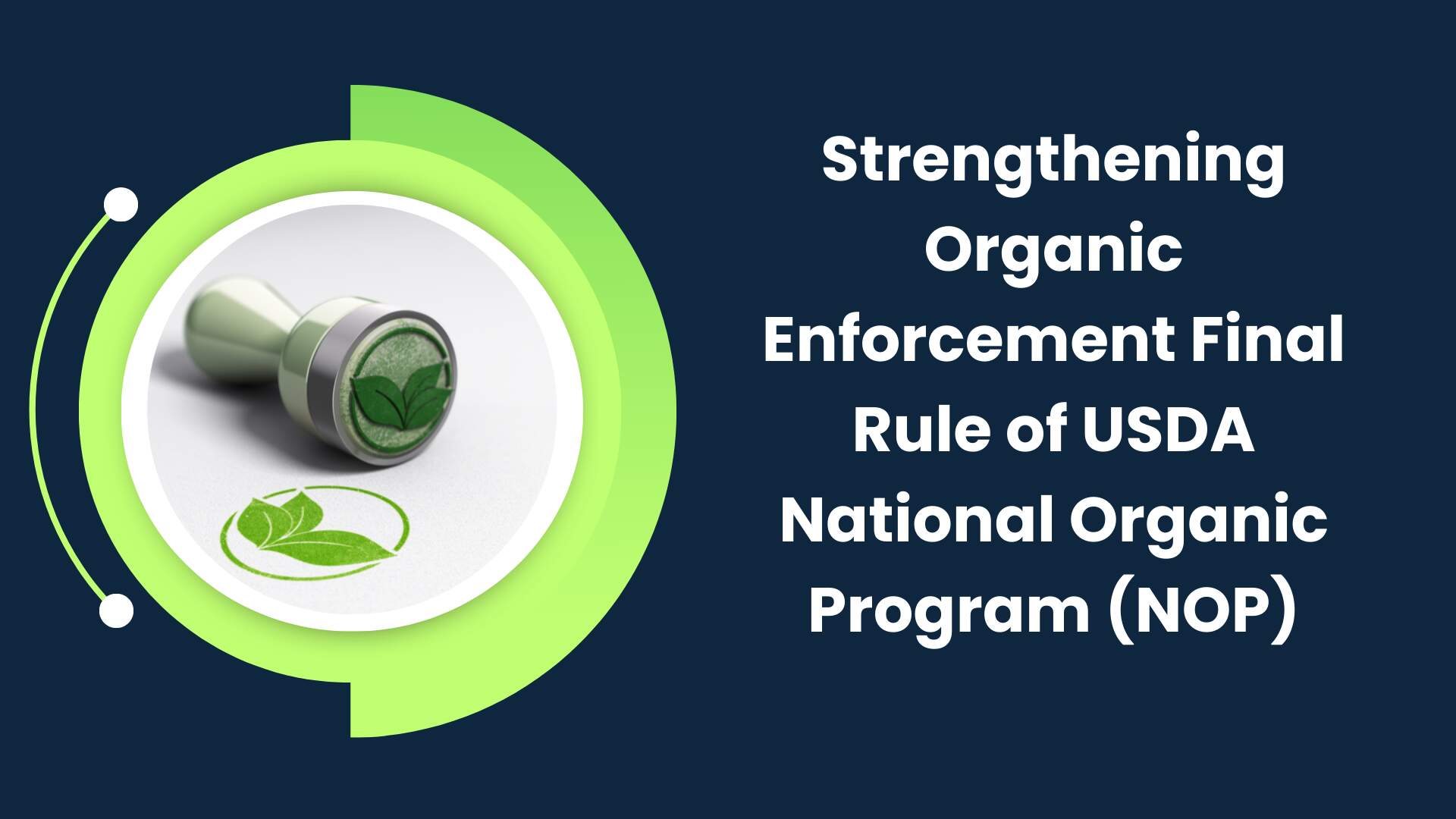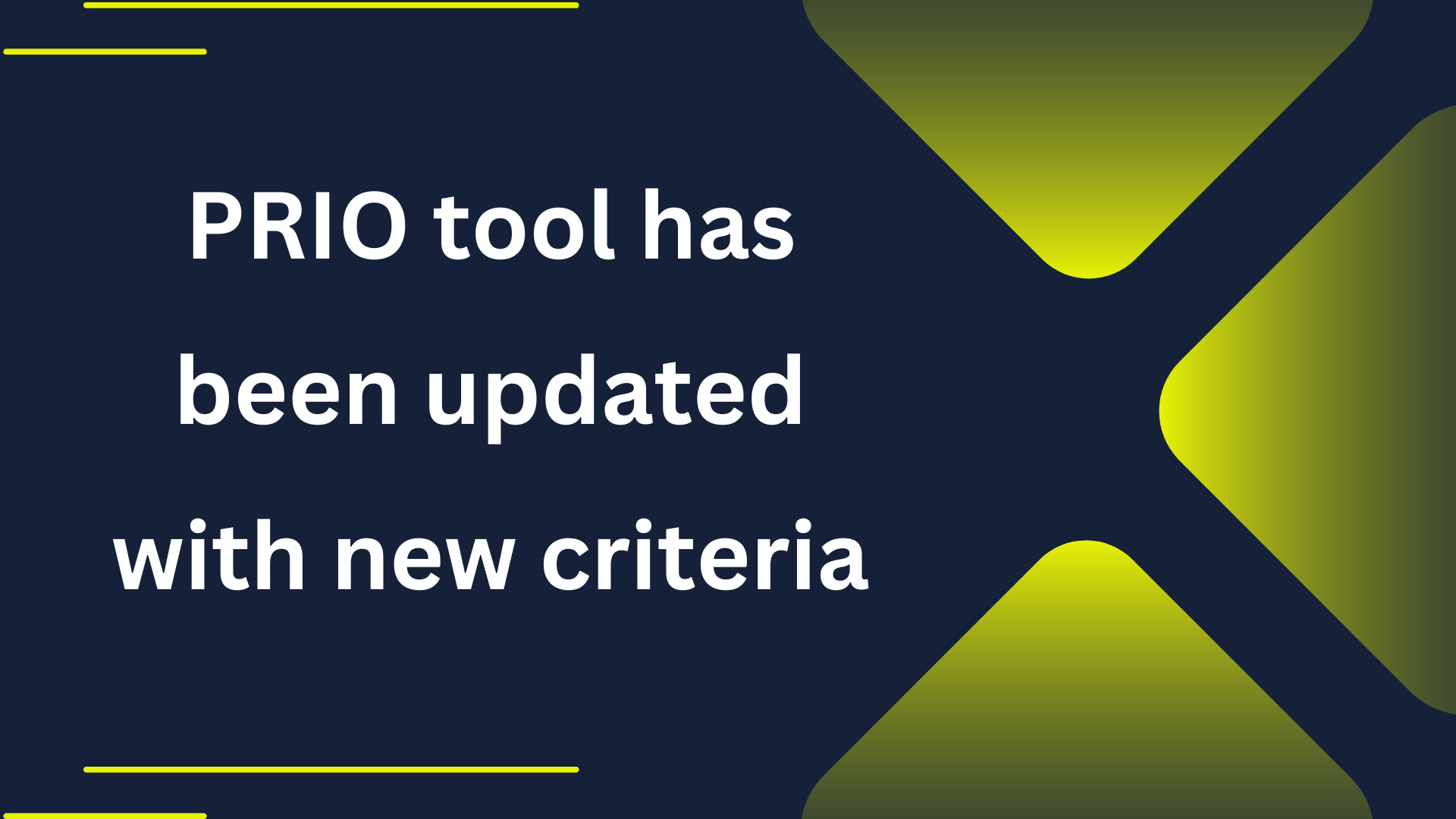After a lengthy wait, the European Union (EU) is poised to adopt a new regulation governing the approval of safeners and synergists (crucial ingredients in many pesticides) used in plant protection products. This long-awaited regulation, expected to be released in the ‘first quarter of 2024’.
Safeners and synergists are often combined with pesticides to:
- Protect crops from the harmful effects of the main pesticide ingredient (safener)
- Enhance the effectiveness of the main pesticide ingredient (synergist)
Why new regulations?
Safeners and synergists have previously flown under the radar, raising concerns about potential risks to public health and the environment. The current regulations haven’t adequately addressed these concerns, lacking specific data requirements for approving these substances.
Background
The initiative established data requirements for the approval of safeners and synergists, which were comparable to those for active substances under Regulation (EC) No 1107/2009. It was also necessary to develop a work plan for the systematic, phased review of safeners and synergists already on the market when the regulation went into effect. EU commission published a draft regulation on 22 November 2023. The European Commission was expected and received feedback from stakeholders, NGOs, and various associations & societies throughout Europe. The feedback period was 22 November 2023 to 20 December 2023.
Key changes in the draft regulations! This includes:
- Inclusion of recent scientific data.
- Establishes a work program to gradually review existing safeners and synergists used in plant protection products.
- Defines data requirements for approval, similar to those for active substances.
- Creates a list of all authorized safeners and synergists currently used in the EU.
- Allows interested parties to submit applications for approval of these substances under the new guidelines.
This new regulation is expected to:
- Improve safety assessments for safeners and synergists.
- Create a public list of authorized substances to improve transparency.
- Certain safeners and synergists may be removed from the market if they do not fulfill the safety criteria.
Overall, the new EU regulation represents a significant step towards ensuring the safety of pesticide ingredients and promoting environmentally responsible agricultural practices.
